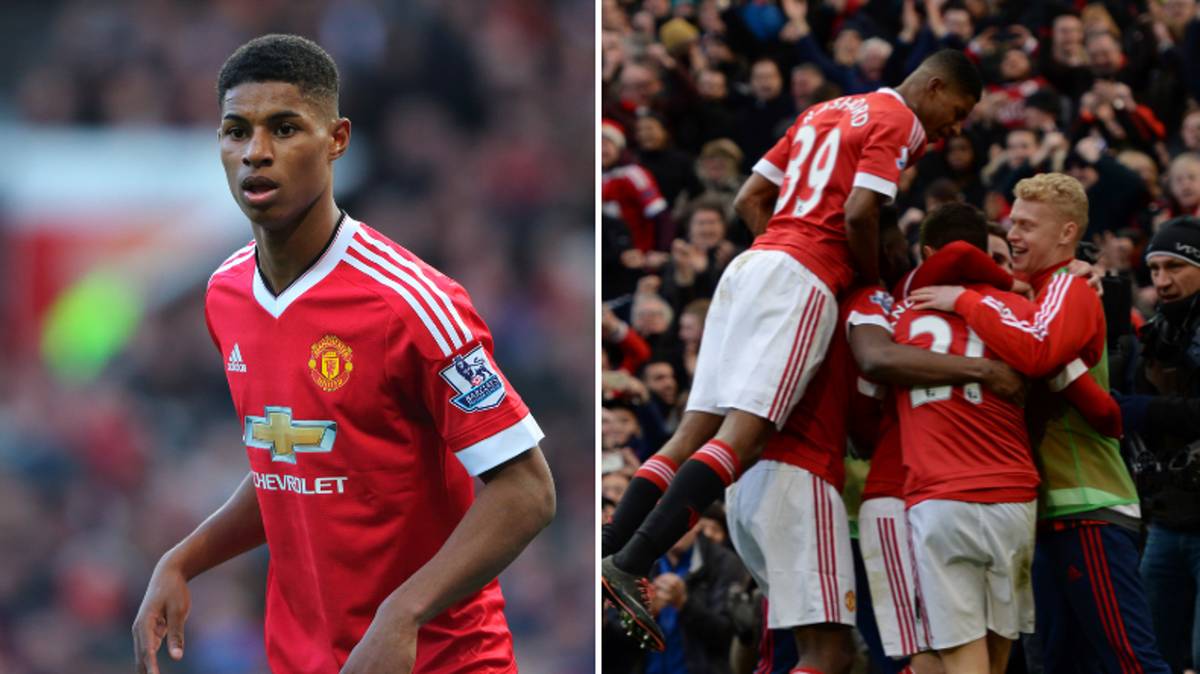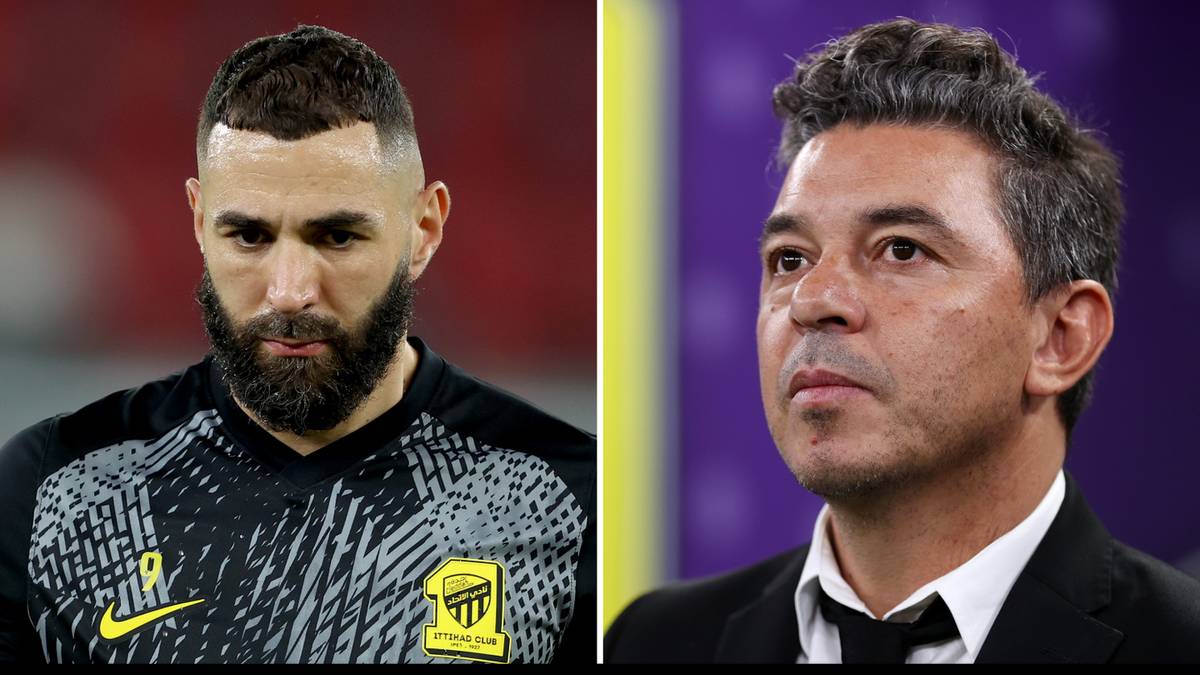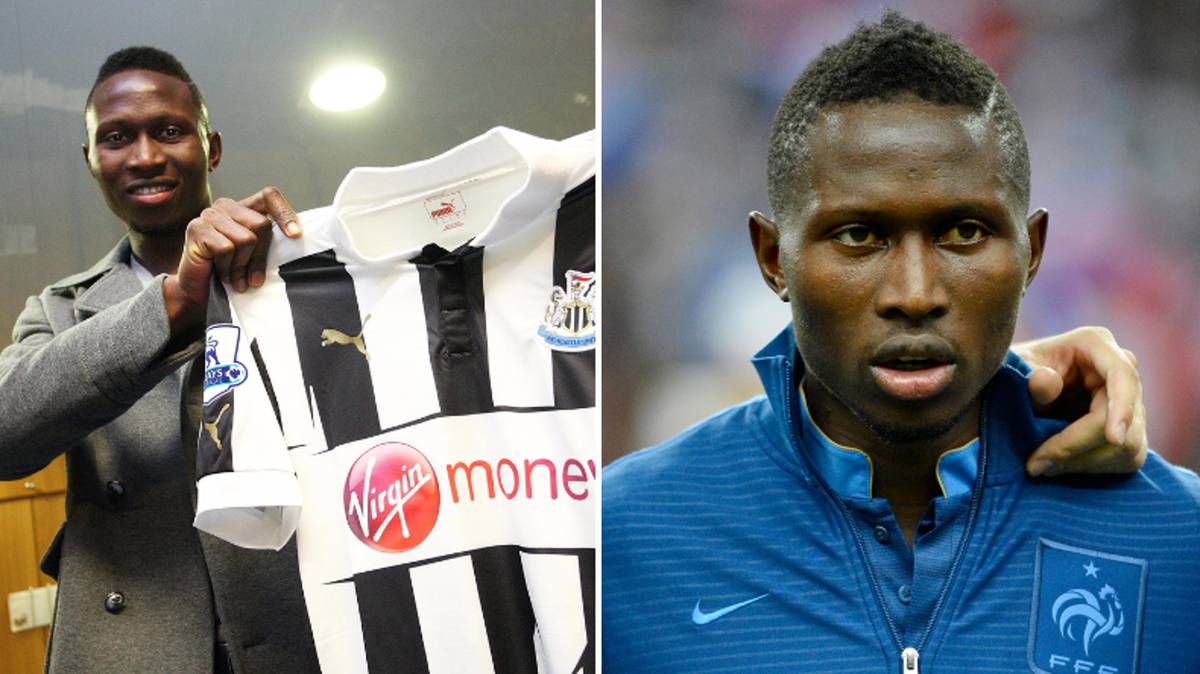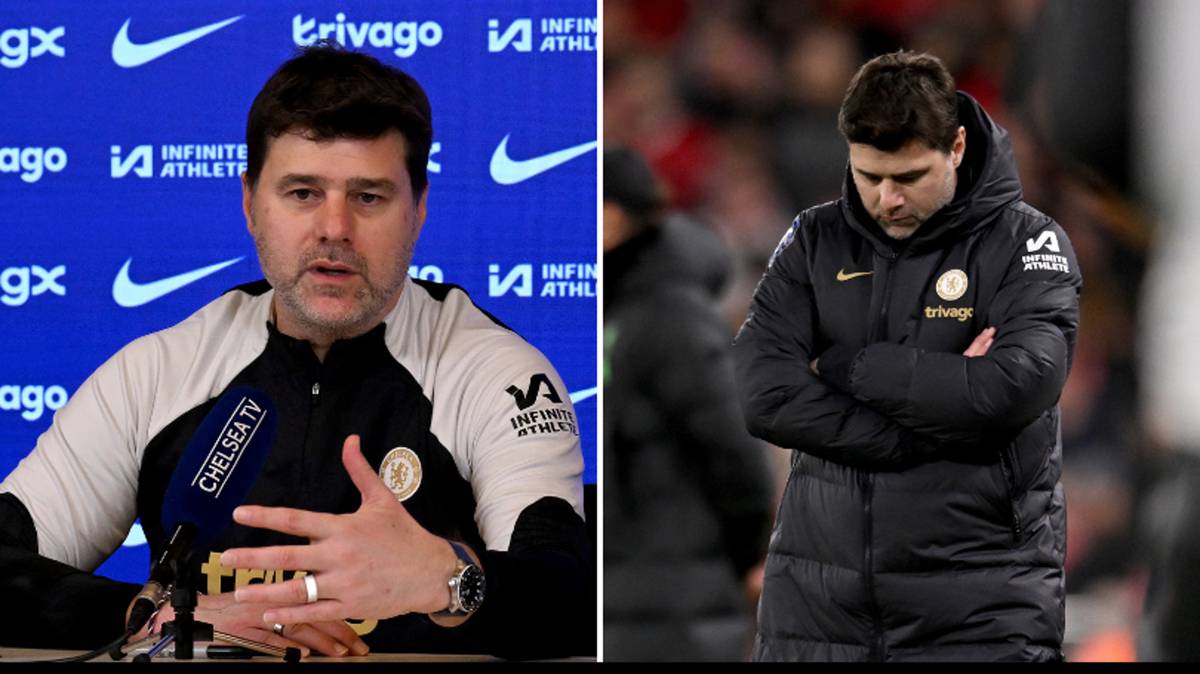
The Football Index very recently celebrated it’s 3-year anniversary at the end of September. As part of the birthday celebrations, the Index offered a no strings attached 10% deposit bonus to new and existing customers.
In response to this, as well as other bits of exciting news that the Index released around this time, including that both respected Spanish journalist Guillem Balague and legendary football commentator John Motson had agreed to come on board to support and promote the brand, the Index market absolutely sky rocketed.
As a member of the Football Index since March 2017, I have seen my fair share of ups and downs on the platform, however, the amount of money that was pumped into the market after the deposit bonus was announced was totally unprecedented. My own portfolio increased around 5% in just a matter of hours. Whilst obviously people love a good bonus deal, and this partly explains the frenzied activity, it also tells me that confidence in the Football Index has never been higher and more and more people are investing, and then re-investing, into the Index market.
Whilst the majority of players in the Top 200 saw an increase in their share price as a result, perhaps the biggest change in the market was that a new ‘king’ of the Index was crowned as Paul Pogba became the most expensive player to buy on the Index at a whopping £14.67 per share. It is crazy to think that at the start of this season, Pogba’s share price was around the £7 mark. Just let that sink in for a moment.
The Football Index is continuing to go from strength to strength and the market is slowly getting bigger and bigger. It is obviously great for people like me who have been involved in the Index for a little while now and already have some shares in the biggest and best players, but what about anyone still yet to join, is there still value to be had for them?
The answer to that question is not an easy one. In my view, value is a bit of a funny concept on the Index and one that I myself have really struggled to get my head around.
If we look at Pogba’s share price for example, £14.60 for one share in a player doesn’t seem like much value at the moment, but if in a year’s time Pogba’s share price is say £20.00, then a £5.40 a share profit would actually seem like pretty good value. You would have also had the benefit of any media and performance dividends that Pogba won over that time, which I imagine would be a fair amount. The problem is though, no-one knows what Pogba’s share price will be next year and whether £14.60 could be in fact his peak share price. Could he move from Manchester United and see his price fall to say £10.50 as result? If that did happen, anyone buying shares in Pogba now could be significantly out of pocket, in spite of any dividend pay-outs Pogba earned over the next year.
Logically, you might think that traders are going to be put off wanting to buy Pogba at such a hefty share price given the perceived risk of a drop-in share price in the future and also when considering the media buzz dividend pay-out for one day is only between 5p and 8p per share (which would give you around 0.3 – 0.6% ROI for any shares bought now).
However, if you had a solitary £15 to invest in the Index, might it actually make sense to just buy one share in Pogba as opposed to say 15 shares in a player worth £1?
If you have read my previous blogs in February/March of this year, you will know that I have considered this problem before when I previously tried to work out whether I would make more profit from holding £1,000 worth of shares in Neymar, a safe but more expensive hold, or David Neres, a talented young unknown currently not in a performance buzz league.
After much deliberation, I suspected it might be Neres, and 8 months on, so 2/3rds of the way through my year experiment, I appear to be right. In my blog in February 2018, I calculated I could have 106 Neymar shares at £9.42, or 833 shares in Neres at £1.20, for a £1,000 investment.
At the time of writing, Neymar’s share price is £14.02 and he has won £1.92 in dividends, per share, since February 2018. Neres share price is currently £2.27 and he has not won any dividends at all since February 2018. Therefore, if my maths is right, if I had invested £1,000.00 in each player back in February, if would now have a £691.12 profit from Neymar (based on £487.60 from the increase in share price and £203.52 in dividends). However, despite not earning any dividends at all, if I sold all of my Neres shares, I would actually have a £891.31 profit. Consequently, even though Neymar’s share price has risen nearly 4 times as much as Neres’ in the last 8 months, I would actually have more bang for my buck from Neres.
That would seem to indicate that perhaps you might be better off looking to invest your money with a view to achieving an increase in share price as opposed to trying to win dividends.
There are exceptions to this rule of course, and Pogba’s recent price hike is an obvious example of that, however my advice for anyone looking to invest in the Index, both new and existing traders, is that with players at the top of the Index now close to £15 a share, you are generally more likely to make more of a profit buying more shares at a lower price, as opposed to less shares at a higher price.
In my experience, the players that see the sharpest rises are the ones that traders believe are ready to win dividends. The more consistently a player is in the frame for winning dividends, the higher their price will rise. Investing in the ‘obvious’ dividend winners such as Pogba and Neymar has proven to be a profitable strategy so far, but unless the Index change the dividend pay-out structure anytime soon, it may not always be the best strategy in terms of maximising your profit.



